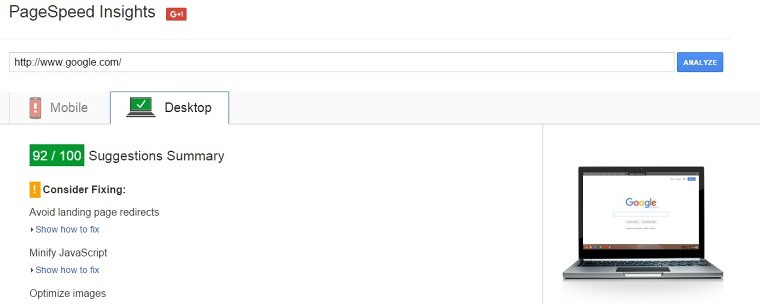In this modern age of technology, you can’t let yourself get left behind if the people around you are improving and developing. Nowadays, everyone wants to keep going. They don’t have time to wait. Their busy schedule is their top priority. If your visitors’ expectations are not met, they will look somewhere else.
The same experience can also happen on any site. Imagine your marketing team giving their best effort to increase traffic to your website. If your site doesn’t meet the standard expectations for load speed, how would you feel about that?
You might feel that all the time and effort your marketing team has invested was useless. Don’t let it happen. There are other important sections on a website you need to look into.
Here are a few crucial reasons why site speed matters:
- It gives your visitors a better user experience.
- It helps your visitors go from one page to another across your website with convenience.
- Google looks at site speed as part of their ranking factors.
- It reduces your visitors waiting time for the page content to load.
- You want to decrease abandon rate.

Here are some suggestions on how to make these needs a reality for your website.
Convert Your Images to JPG Format
Images are a crucial part of the web. They give life to any document found online. But did you know they often cause page speed performance issues? Here are two examples:
- A user is browsing from a poor internet reception area and looking to buy accessories online. Most image-driven pages might not load the full content due to the internet connection issues. This might cause unsatisfactory experience on the user’s end.
- Imagine you are unaware of image format not being compatible on all browsers. It does not matter whether your website loads faster. If your images are not compatible to load on your users browsers, you are kicking your visitors away.
You can see a table of image format pros and cons on Social Compare.
If you own an online retail site, images are your best asset to attract buyers. If your images are not optimized for users’ benefit, you should consider optimizing your images.
Remember, a non-optimized image from a camera can be at least 2MB megapixels. If you uploaded a default size image from your camera, they should size higher than optimized images.
HTTP Request Reduction
Web page documents consist of pieces of information collected from the server. Images, flash, slides, scripts, and more— downloaded to your browser. If your webpage has a lot of HTTP requests from your server, this would take much longer than ideal load time of 1.5 seconds.
In that case, your visitors may leave before your page completes its download request. To resolve this issue, you can:
- Combine your scripts into one script
- Combine your CSS into one single stylesheet
- Combine inline images into your cached stylesheet to reduce HTTP requests
Additional Resource
- John Stevens points out the value of reducing plugins and social buttons on your website on his article.
Reduce Chain Redirects
URL redirection takes time. The more redirects you have on a single URL, the longer they take to load. URL redirection triggers extra HTTP requests, which can lead to delays.
There are some tools you can use to detect if your website has 301 redirect, such as Screaming Frog (which is free). This is not the best feature of the tool, but you can rely on it when detecting server response status code.
Pro Tip:
- Never link to old URLs.
- Make sure that your URL is final and easy to remember by search users.
Common Reasons for Chain Redirection
- You are working on websites with a huge list of crawl errors.
- You are working on large websites.
- You are working on an old website with existing redirection.
Additional Resource
- Dan Shure created a step by step tutorial on how you can track and fix your website chain redirects.
Avoid Empty HTTP Tags
Most are not aware of this, but it seems to occur more often that you’d expect. To reduce invalid HTTP request, you need to track down if you have placed any empty HTTP tags.
If you place empty HTTP tags, possible conflicts might happen in specific browsers:
- Chrome and Safari: These browsers make the request to the actual page itself. Since there is no indicated path in HTTP tag, chrome will request it to the page itself.
- Firefox: This browser no longer sends a request to an empty HTTP tag code in a page. This is a good sign but few are using this browser.
Remove Duplicate Script and CSS
Another cause of potential page speed performance issue is duplicate scripts. By having duplicated codes on a page, it might send unnecessary HTTP requests from the server. There are two-page speed delays that duplicate script might cause which are:
- Unnecessary HTTP request
- Unnecessary Script execution
This redundant behavior of the HTTP request affects a user experience. Hubspot says a typical HTML page should load in 1.5 seconds. Anything beyond that can be subjective for speed optimization.
Pro Tip
- Remove unnecessary requests that trigger the delay.
Final Thoughts
There are other important sections we should consider in digital marketing. Page speed optimization is just one of them. These five, quick page speed optimization tips are a good place to start. Master all methods of page speed optimization and apply best practices, and you’ll likely be ahead of your competitors.
Image Credits
Featured Image: SINITAR/Shutterstock.com
Screenshot by Joseph Gojo Cruz. Taken December 2015.





